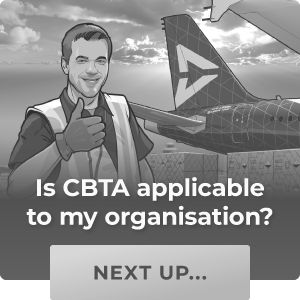So what is Competency-Based Training & Assessment (CBTA) really, and how does it work?
- Is CBTA applicable to my organisation? DG Classic vs DG CBTA, Why change?
- CBTA Benefits: A Game-Changer for Crew Training
- Design Effective DG programs: A CBTA Implementation Guide
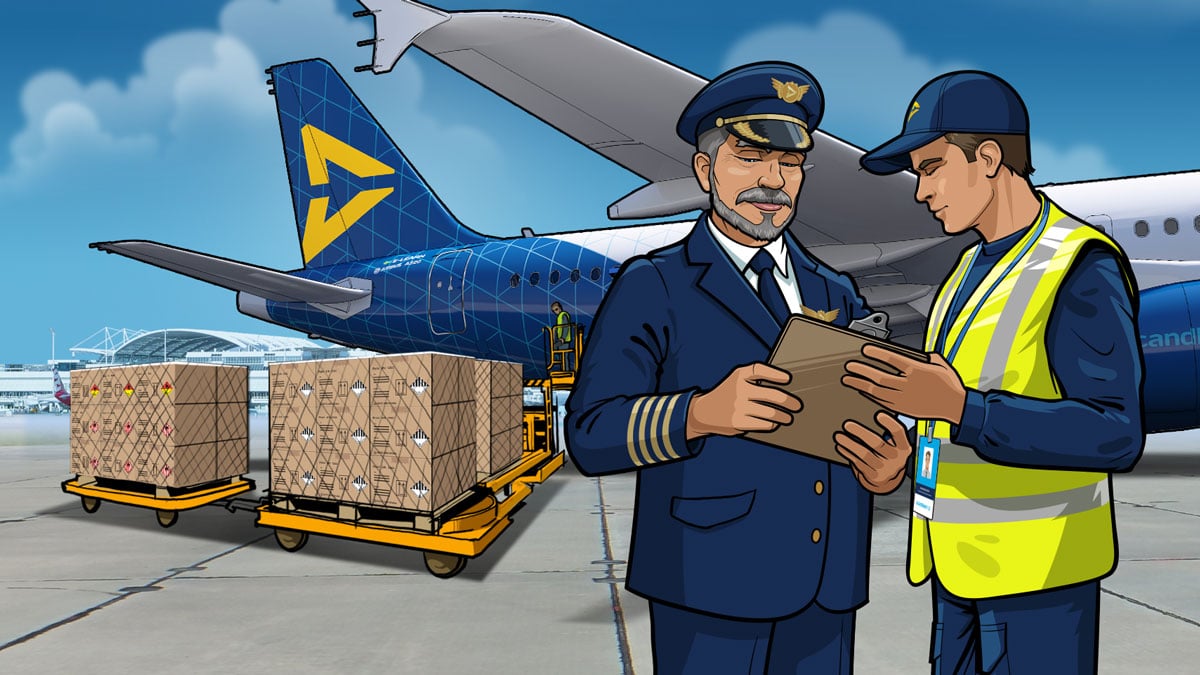
CBTA: Where tradition meets tech

CBTA has been around for a long time, relying on the limited tech of yesteryear to apply it's framework.
Does CBTA means increased flight safety?
But what is CBTA truly?
CBTA extends beyond current online training methodology, and, it's not a piece of hardware or software that one can simply purchase or download. Rather, it's best understood as a comprehensive learning framework. On first look, a CBTA course might seem pretty similar to your usual traditional training setup – you've got a structured curriculum in a page-by-page format and then questions to see how much the learner has picked up. But whether the first impression might look the same, it truly is not.
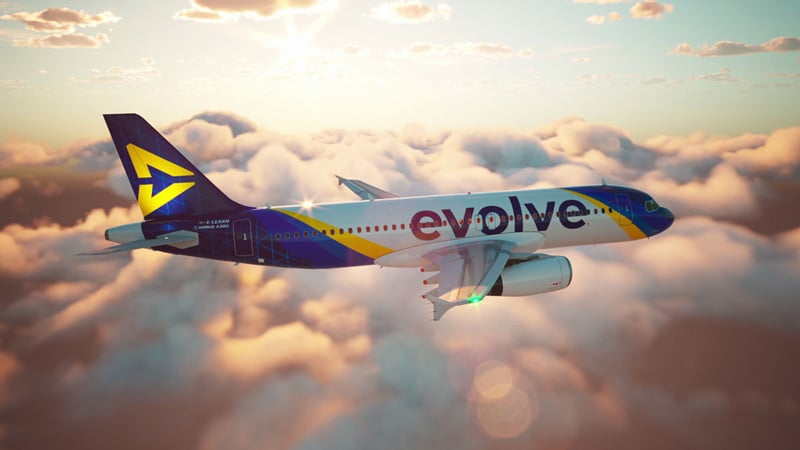
The CBTA solution offered by Scandlearn is delivered via our upgraded training management system—Evolve.
Competency: Identifying a learner's level
CBTA focuses on a learner's ability to use their knowledge effectively in real-life situations. It involves a person comprehending and employing the knowledge they've acquired to safely execute practical tasks. This competency is typically assessed using a framework called KSA, which stands for:
- Knowledge: The information that a person must know.
- Skills: The practised application of knowledge.
- Attitude: How their outlook influences their performance.
In the CBTA program, learners use a mix of instructional videos and assessments to learn in the theoretical part. These assessments evaluate the application of KSA - knowledge, skills, and attitudes to achieve important learning goals.
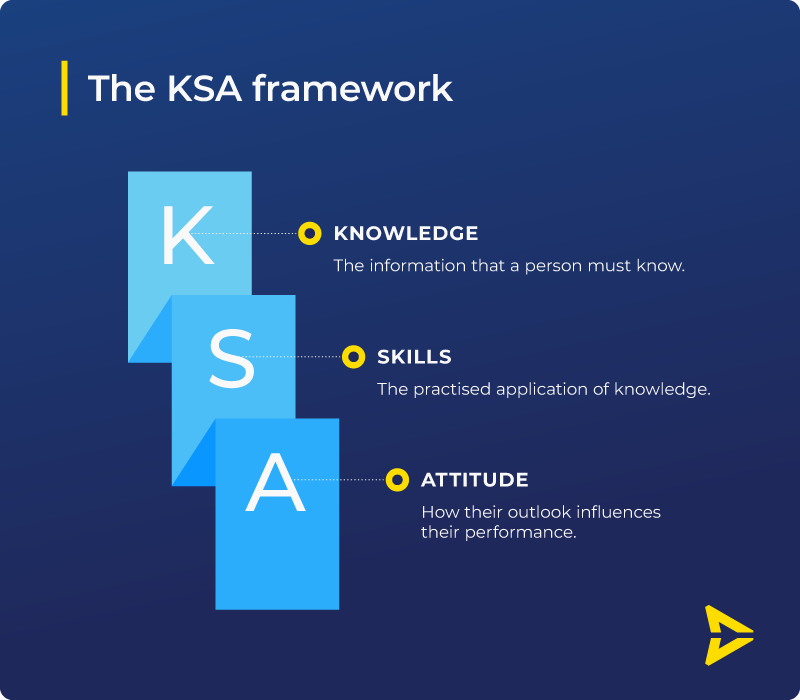
CBTA assessments: For dynamic learning experiences
Assessments are crucial in CBTA for measuring a learner's theoretical knowledge in a course. Unlike traditional courseware, CBTA offers a more engaging and interactive approach to assess with more interaction and excitement.
At Scandlearn, our Evolve platform incorporates the CBTA system into our default DG courses. These courses feature a variety of assessments and instructional design videos. This mix creates a dynamic learning experience that not only tracks progress but also enhances the overall learning journey.
When designing your CBTA DG training program, you have the flexibility to tailor your assessment strategy to your preferences, ensuring it stays compliant. At Scandlearn, we adopt a human-centred approach, making it engaging and perfectly attuned to the needs, habits, and challenges of learners experience.
This is why we incorporate assessments at multiple stages throughout the course. This ongoing assessment not only reinforces the knowledge acquired but also evaluates the learner's skills as they progress. This approach fosters learner engagement, ensuring a deeper understanding of critical information and improved retention.
The CBTA framework focuses on regular and meaningful assessments to enhance learning, making it more effective. Through continuous assessment, learners enhance their knowledge and comprehension of critical topics relevant to their roles.
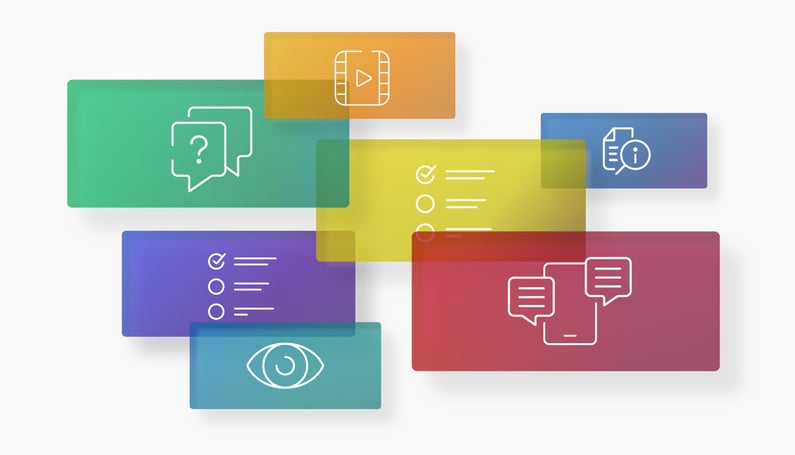
Types of assessments for your DG training programme
In your DG (Dangerous Goods) training program, assessments play a vital role in evaluating learners' comprehension and readiness to handle dangerous goods safely. Scandlearn encourages a dynamic approach to assessments, allowing you to tailor your training program to suit your organisation's unique needs and operational requirements. Here are some types of assessments to consider:
-
Quizzes and knowledge checks: Use quizzes to assess learners' understanding of theoretical DG concepts. You can place these at various points throughout the programme to reinforce key information.
-
Interactive simulations: Develop interactive simulations that immerse learners in DG scenarios, allowing them to make decisions, handle virtual DG items, and respond to emergencies.
-
Case studies: Provide real-life examples of incidents or situations involving DG. Ask learners to analyse these examples and suggest solutions. This will promote their critical thinking and problem-solving abilities.
-
Many more...
Get more CBTA tips
Contact William for a 15-minute introduction call
Tailor your CBTA solution with Scandlearn
At Scandlearn, we do offer you a default course, in Carry and No Carry variations for fixed wing and rotor wing. Our solution towards the CBTA approach allows you to tailor your own DG training program according to your organisation's requirements and compliance standards. Your training program can be as creative as you envision, as long as it aligns with regulatory guidelines and fulfils your operational needs.
Our team at Scandlearn is available to assist you with your DG training program. We can provide guidance, templates, and support to help you. If you need any help, feel free to reach out to us. We offer collective guidance, tips, tricks, and templates to help you create a robust training program that not only meets compliance standards but also enhances the learning experience for your employees.
Remember, the floor is yours to shape your DG CBTA training program, and we're here to provide the resources and expertise to help you succeed.

Get CBTA ready
In the ever-evolving landscape of aviation training, Scandlearn is leading the way with CBTA, providing innovative solutions that empower organisations to tailor their training for success. Implementing CBTA means more than compliance; it means embracing a dynamic approach to learning that focuses on competency and practical application.
With Scandlearn as your partner to get CBTA ready, you have the tools, guidance, and support to design training programs that not only meet regulatory standards but also align with your unique operational needs and requirements.
Together, we can create training programs that elevate competence, improve performance, and ultimately ensure safer skies. Join us in the journey of implementing CBTA training and unlocking a new era of game-changing training training.



